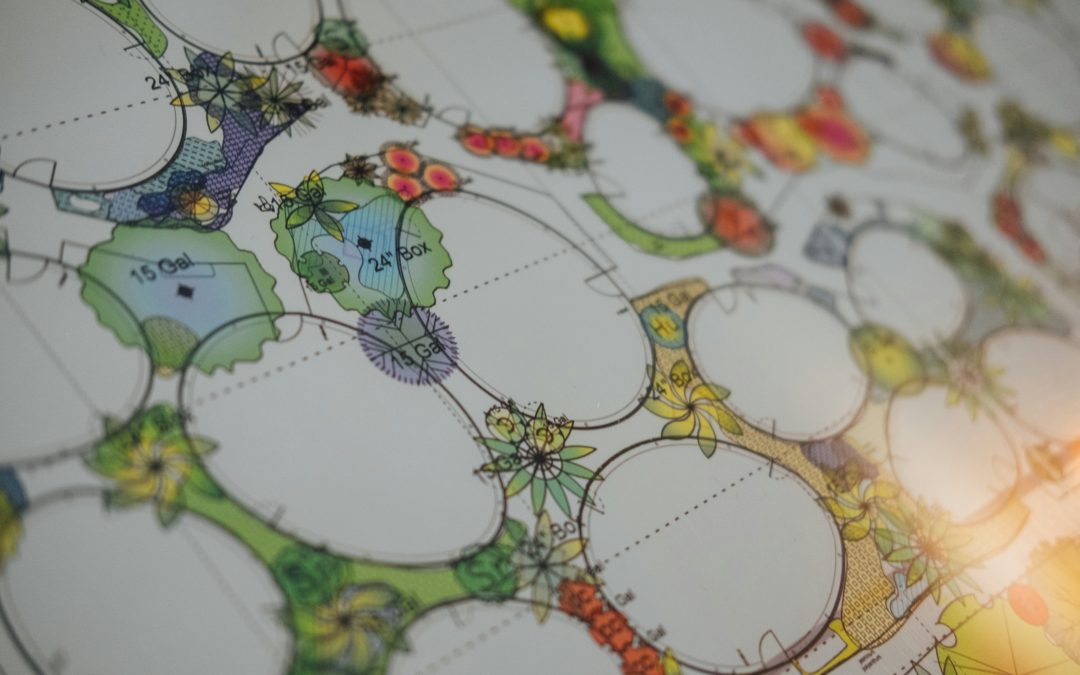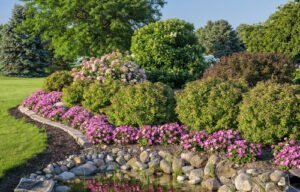
May Gardening Tips for Southeast Wisconsin🌼
Plant, Protect, and Prepare for a Successful Season
May is a pivotal month for gardeners in Southeast Wisconsin. With the soil warming and the last frost dates typically passing between May 10 and 20 , it’s the ideal time to dive into planting, maintenance, and preparation for a thriving summer garden. Here are five essential gardening tasks to focus on this month.
1. Plant Warm-Season Vegetables and Annuals
By mid-May, it’s generally safe to plant warm-season vegetables like tomatoes, peppers, squash, cucumbers, and beans. Soil temperatures should consistently reach at least 60°F for optimal growth. This is also the perfect time to add vibrant annuals such as marigolds, petunias, and zinnias to your garden beds and containers.
Planting Tip: Before transplanting seedlings started indoors, harden them off by gradually exposing them to outdoor conditions over a week. This process minimizes transplant shock and enhances their chances of thriving.
2. Divide Overcrowded Perennials
Spring is an excellent time to divide perennials like hostas, daylilies, and ornamental grasses.
- Encourages healthier, more vigorous plants
- Helps control the size of mature clumps
- Provides free plants to expand your garden or share with others
After dividing, water thoroughly and mulch around the new plantings to conserve moisture and reduce stress.
3. Feed Your Plants
The burst of spring growth can quickly deplete soil nutrients. Use a balanced, slow-release fertilizer to nourish your garden beds, shrubs, and trees. Be sure to choose fertilizers appropriate for specific plant needs, such as acid-loving varieties like azaleas and rhododendrons.
Fertilizer Tip: Applying fertilizer just before a rainstorm can help the nutrients seep into the soil more effectively.
4. Prune Spring-Flowering Shrubs After Bloom
Shrubs that bloom in early spring, such as lilacs, forsythias, and viburnums, should be pruned soon after they finish flowering. Proper pruning encourages:
- Better shape and structure
- More abundant blooms for next year
- Removal of any dead or damaged wood
Waiting too long to prune can reduce next year’s flowering.
5. Prepare for Common Pests
As the weather warms, insect pests such as aphids, slugs, and beetles begin to appear. Early preventative measures are important to keep damage minimal without resorting to heavy chemical use.
Pest Management Strategies:
- Encourage beneficial insects like ladybugs and predatory wasps
- Hand-pick larger pests whenever possible
- Use row covers to protect young vegetable plants
- Keep garden beds weed-free, as weeds can harbor pests
May is the Month of Opportunity
The work you put into your garden now will pay off all season long. Whether you’re planting new flowers, setting out vegetable transplants, or installing a fountain to create a peaceful retreat, Heritage Hill Nursery is here to help. Stop by for expert advice, fresh plants, and the tools you need to make this your best gardening season yet.

